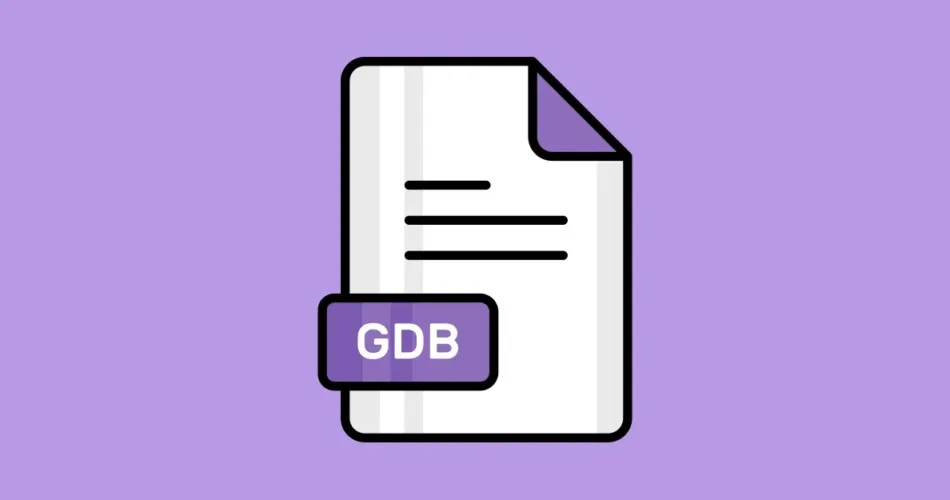Debugging is the process of taming the untamed, of deciphering the cryptic language of bugs that can lurk within even the most meticulously crafted code. In the realm of C++, mastering the tools of debugging is paramount to becoming a proficient developer. Among these tools, GDB (GNU Debugger) stands as a formidable ally, empowering you to unravel the complexities of your code and conquer the most elusive bugs. In this comprehensive guide, we will embark on a journey through the intricate landscape of debugging with GDB, exploring its features and commands to empower you in your quest for bug-free code.
The GDB Arsenal: Navigating the Debugging Landscape
GDB is a powerful debugger that offers an array of tools to help you diagnose and fix issues in your C++ code. Let’s delve into the key features and commands that make GDB an indispensable asset in your debugging toolkit.
Launching GDB and Loading Your Program
To start debugging with GDB, simply launch it from the command line and load your compiled C++ executable. For example:
gdb your_program
Setting Breakpoints
Breakpoints are your starting point for debugging. Use the break command followed by a line number or function name to set a breakpoint. For instance:
break main.cpp:10
break MyClass::someFunction
Starting and Controlling Execution
run: Start the execution of your program.continueorc: Resume execution until the next breakpoint or completion.nextorn: Execute the current line and move to the next line in the same function.stepors: Execute the current line and move to the next line, even if it’s in a different function.
Inspecting Variables
printorp: Display the value of a variable.display: Continuously display the value of a variable as you step through code.
Examining the Call Stack
backtraceorbt: Display the call stack, showing the sequence of function calls leading to the current point.
Analyzing Memory
info locals: Display the values of local variables.info args: Display the values of function arguments.x: Examine memory at a specific address or variable.
Watchpoints
watch: Set a watchpoint on a variable to break when its value changes.
Conditional Breakpoints
break if: Set a breakpoint that triggers only if a specific condition is met.
Stepping Out of Functions
finish: Execute the current function and stop at the caller.
Detaching and Quitting
detach: Detach GDB from the running process.quit: Quit GDB.
Debugging in Action: Real-world Scenarios
Let’s apply GDB’s prowess to real-world scenarios to showcase its capabilities:
Scenario 1: Uncovering the Mystery Crash
#include <iostream>
int main() {
int* ptr = nullptr;
*ptr = 5; // Crash!
return 0;
}
Using GDB, we can set a breakpoint at the crash line, examine the pointer’s value, and swiftly identify the null pointer dereference.
Scenario 2: Solving the Infinite Loop
#include <iostream>
int main() {
for (int i = 0; i <= 10; --i) {
std::cout << i << " ";
}
return 0;
}
GDB enables us to step through the loop’s iterations, revealing the unintended infinite loop caused by the incorrect decrement operation.
The Debugging Mindset: Patience and Precision
As you delve into the realm of debugging with GDB, keep in mind that debugging is a skill that grows with practice. Patience and precision are your companions as you navigate through the code, relentlessly hunting down bugs and refining your codebase.
Remember, GDB is more than just a debugger – it’s a powerful companion on your journey to mastering the intricacies of C++. With each debugging session, you’ll uncover new insights, sharpen your skills, and emerge as a more proficient and confident developer. So, embrace the art of debugging with GDB, and let it guide you toward code that is not only functional but also resilient and refined.
Subscribe to our email newsletter to get the latest posts delivered right to your email.


Comments